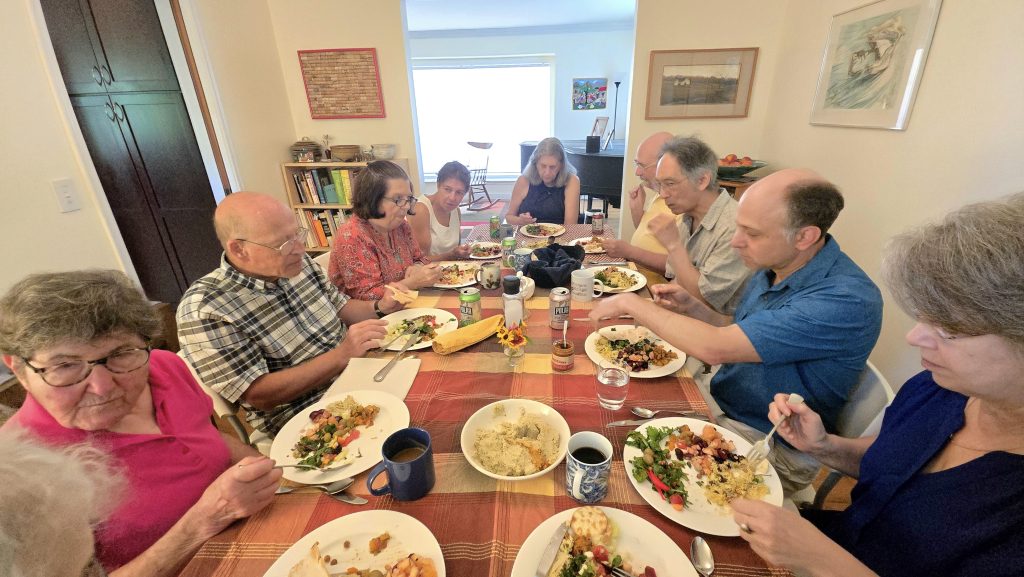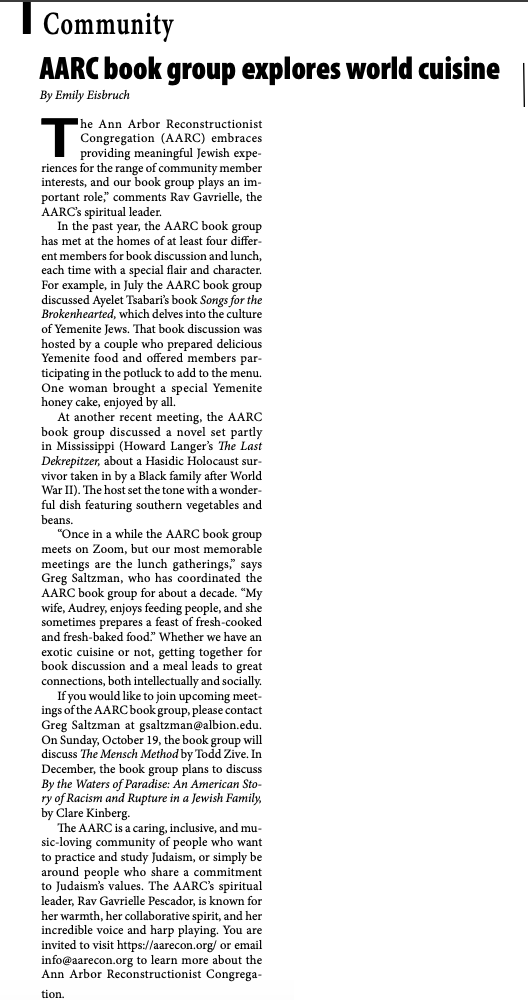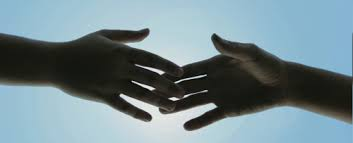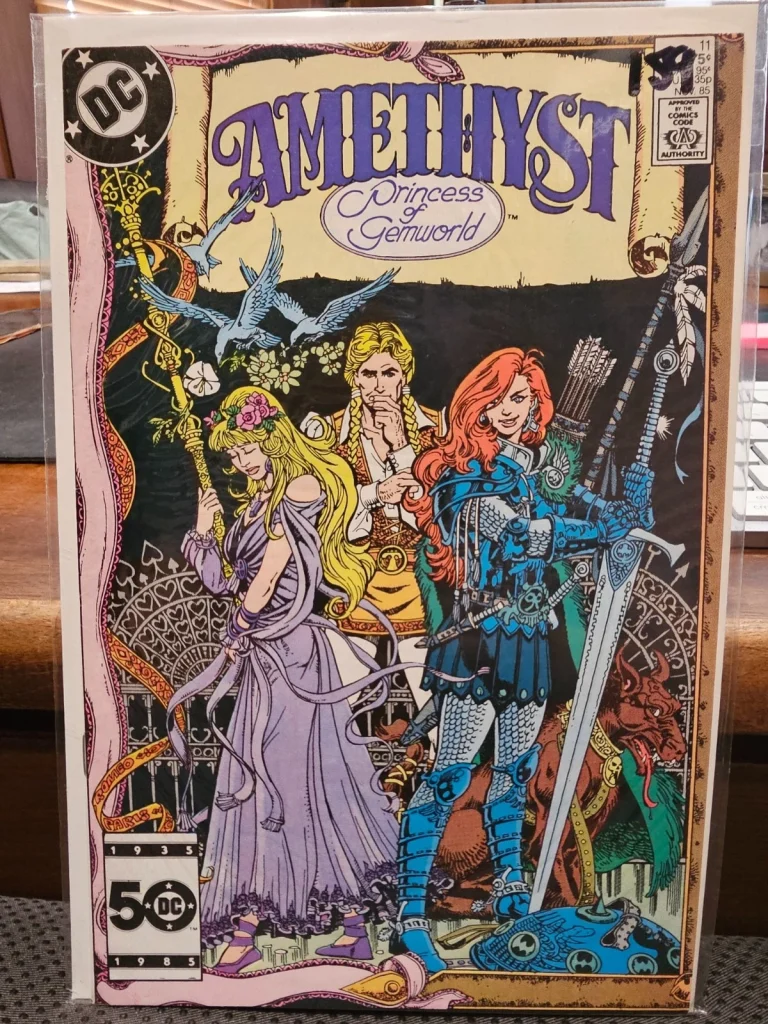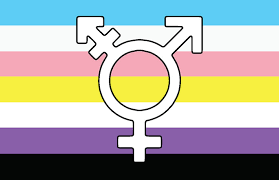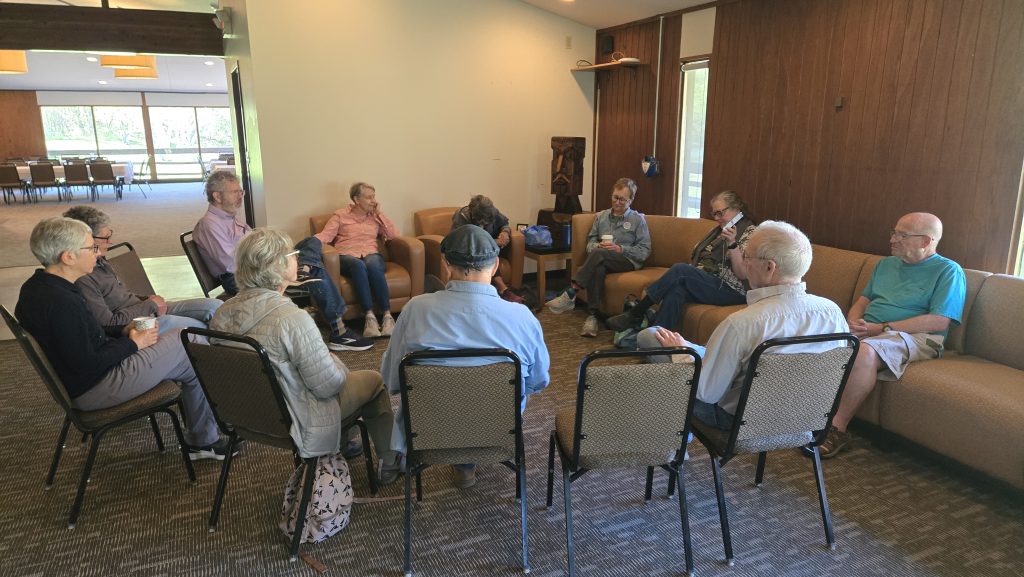By Sam Bagenstos
Rabbi Gabrielle introduced this drash by referring to the power of memory. I may be taking the point in a different direction than she intended, because I’m going to talk about how memory can sometimes have too much power over us.
For many of us, memory is central to what it means to be Jewish: memory of resilience in the face of oppression, memory of ultimate triumph, memory of the great contributions of Jewish scientists/lawyers/baseball players/what have you. These collective, communal memories are a part of who I am, just as, I am sure, similar memories are a part of who you all are.
The liturgy tells us that “Nothing is forgotten in the presence of your Throne of Glory.” But I’ve been reflecting a lot recently on the dangers of too much remembering–too great a focus on our communal memories.
One danger is unwarranted nostalgia. We may fixate on a time when we remember everything as better than it is today and try to go back. It’s not just people in red baseball caps that say “Make America Great Again” who do that. How many of us have secretly hoped to go back to a time before some rupture, some change, something that happened that unsettled all our basic understandings of the world? (Maybe that something was the rise of all the folks in red baseball caps.) But there are some facts we can’t ignore: even in our wished-for time before the fall–however we define it–everything wasn’t so great. And the world has changed too much to go back in any event.
Another danger is unwarranted analogy. We may fixate on particularly salient collective memories–perhaps especially painful ones–so much that we mistakenly see that history repeating everywhere. Sometimes, we’re right: Today, fascism, eugenics, and anti-semitism are resurging. But we err when we let our painful communal memories lead us to see anti-semitism in legitimate–even harshly phrased–criticism of Israel for the injustices it is perpetrating in Gaza and elsewhere. In these cases, memory leads us astray–it leads us to act from fear rather than from our basic humanity and the values we endorse when we are our best selves.
And a connected danger is unwarranted partiality. Our community is not the only one with collective memory. In Hebrew school, I learned a story about 1948–a brave band of people like me (I could even fool myself that I looked like Paul Newman in Exodus), underdogs who fled or were kicked out of every country in the world, fought for a place where they (we) could finally be safe. For the people who lived in Palestine at the time and their descendants, though, 1948 marks the Nakhba, the tragedy in which they were kicked out of their homes, had their property taken, and from which they would never know safety.
The point is not to ignore or disparage our collective memories. They are a source of strength and resilience as we navigate fearful times. They are a part of who we are as a community and as individuals. As I was flipping through the machzor during the Amidah, I found this passage from Isaac Leib Peretz on page 385 that captured the point: “If you have no past you have no future either, you are a foundling in this world, with no father or mother, without tradition, without duties to what comes after you, the future, the eternal.”
So the point isn’t to scrap our memories. It’s to understand the limits of those memories–to recognize that our communal values are also at the center of who we are. Values like those expressed in our Haftarah portion on Yom Kippur: “To unlock fetters of wickedness, And untie the cords of the yoke To let the oppressed go free; To break off every yoke.” In 5786, I will recommit to living those values. Shanah Tovah.

